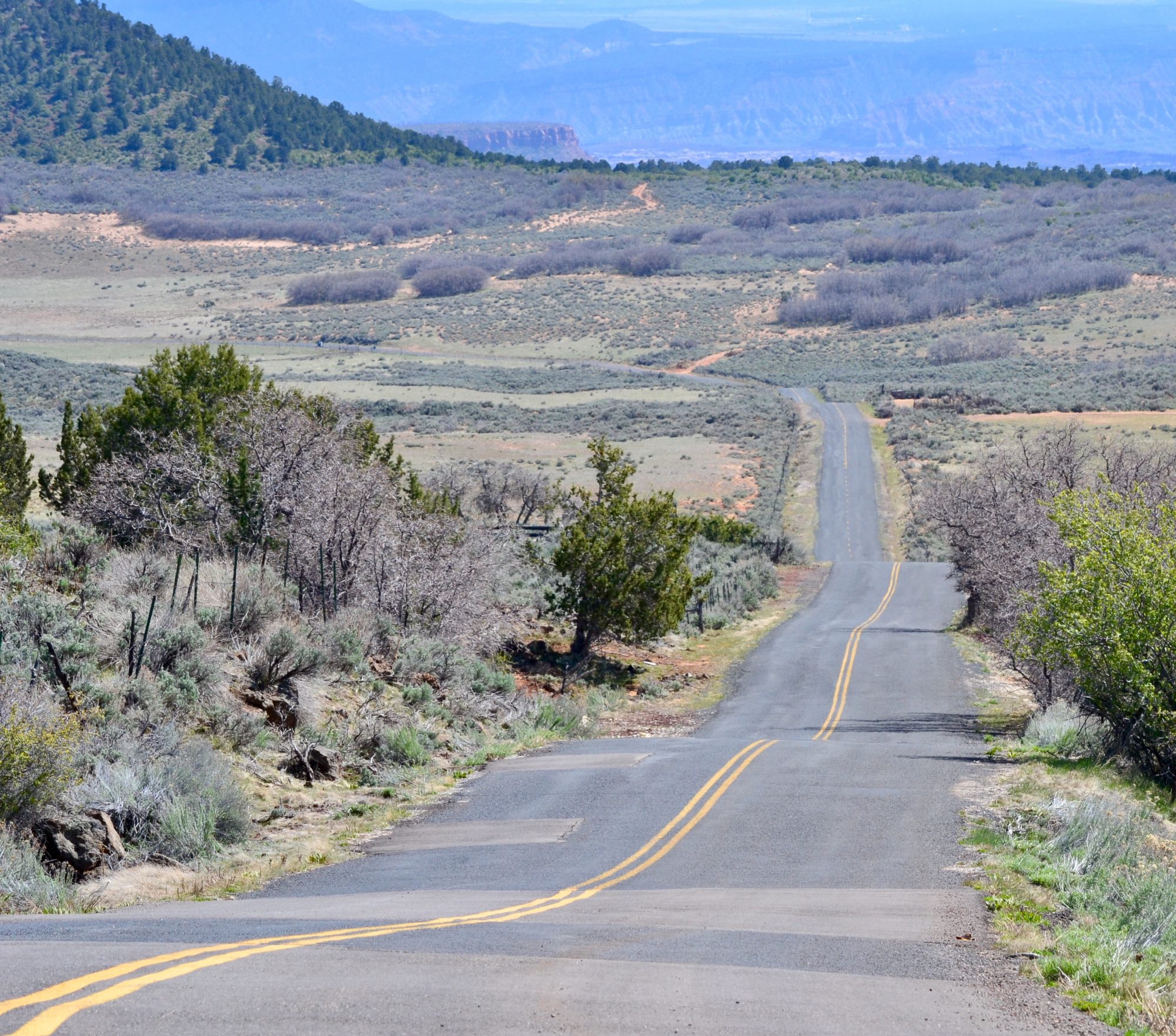—————————————————————————————————————————————————
Carnegie museum of art
————————————————————————————
The Carnegie Museum of Art was founded by industrialist and philanthropist Andrew Carnegie in 1895. Carnegie was a Scottish immigrant who arrived in America at age 13 with his family in 1848. Carnegie went to work shortly after his arrival as a bobbin boy in a mill, working six days a week, 12 hours a day for the equivalent of $35.00 a week in 2020 dollars.
By his 18th year, Carnegie was working at the Pennsylvania Railroad Company where he moved up quickly to become the Superintendent of the Western Division. Utilizing his connections made at the railroad Carnegie made investments in multiple industries, ultimately founding the Carnegie Steel Company. When he sold the company to JP Morgan, Carnegie became the wealthiest person in America for a period of time.
From that point forward, Carnegie devoted his life to philanthropy. He ultimately spent 90% of his fortune to start and fund a number of philanthropic and learning institutions including the Carnegie Museum of Art.
The CMOA is focused on contemporary art and has a significant collection of works by impressionist, post-impressionist, expressionist and realism painters. The museum also has galleries devoted to abstract artists such as Pollack and Rothko but frankly, abstract art is not art we enjoy.
We have included a sample of some of our favorite paintings from our visit to the CMOA during our recent stay in Pittsburgh. All of the photographs were taken at the museum by @FineArtTourist. We hope you enjoy the selection. Please let us know.
Be seeing you!
——————————————————————————————————————————————————
Expressionism

Girl Under Apple Tree (1904) Oil on Canvas. Edvard Munch

The Lighthouse of Fehmarn (1912) Oil on canvas. Ernst Ludwig Kirchner
Realism
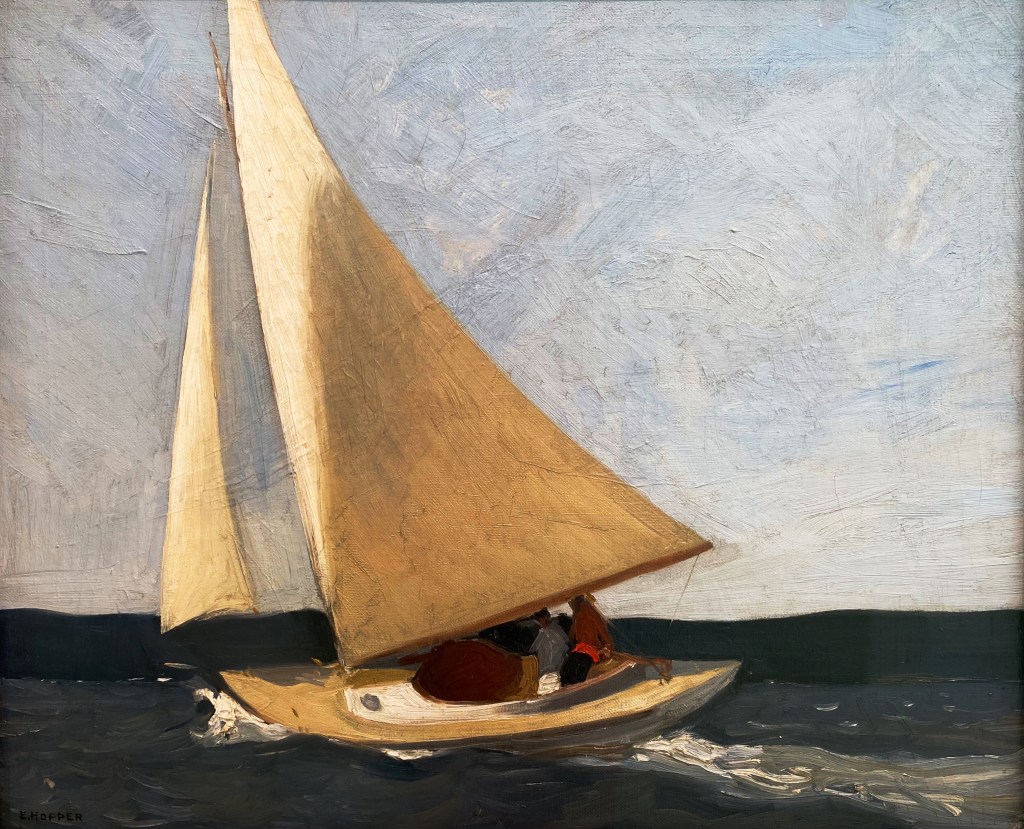
“Well, I have a very simple method of painting.” Sailing (1911) Oil on canvas.
Edward Hopper
“Maybe I am not very human – what I wanted to do was to paint sunlight on the side of a house.”
Cape Cod Afternoon (1936) Oil on canvas. Edward Hopper

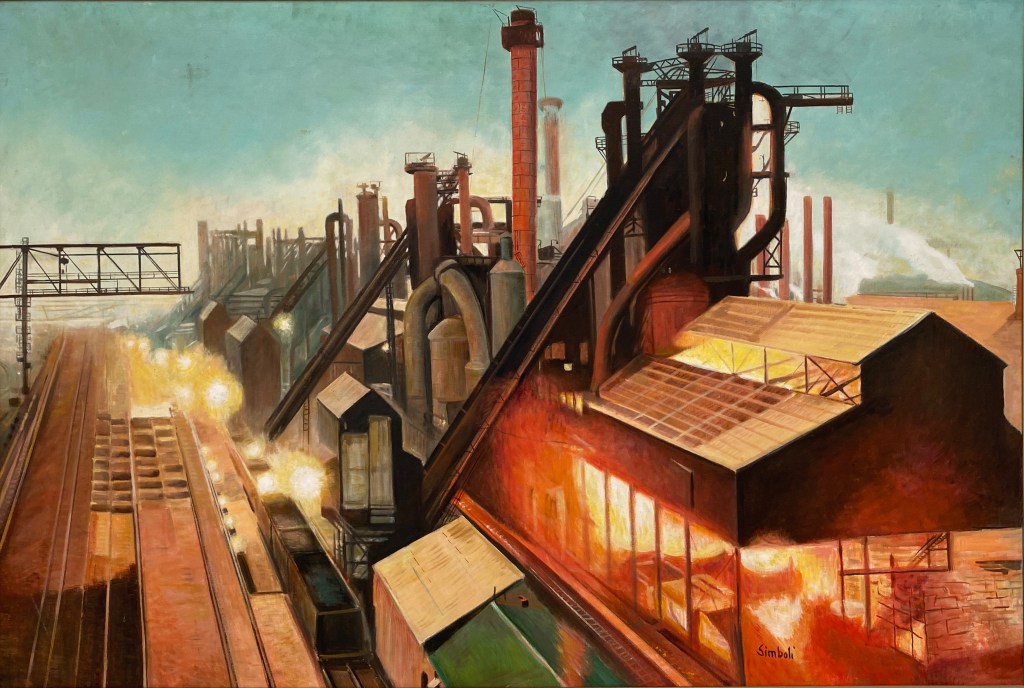
Allegheny_Ludlum Steel Mill, Pitsburgh (1948) Oil on canvas.
Raymond Simboli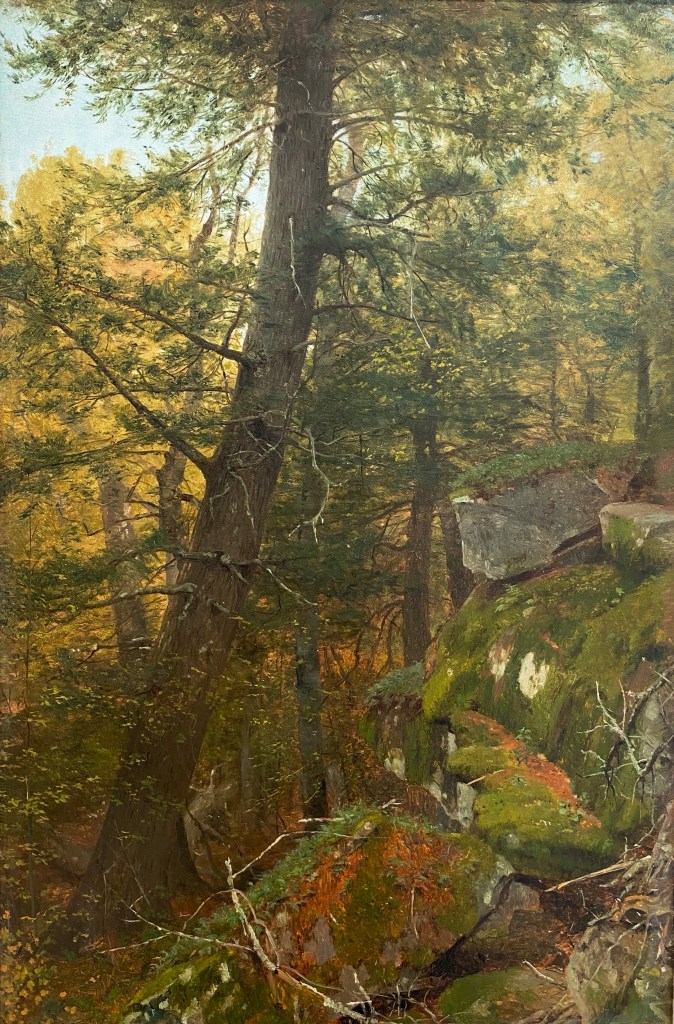
“A landscape painter is only at home when he is out of doors. It matters not whether he is an Impressionist or one of the older schools who dwelt with more rigors on form and outline.”
Forests, Rocks and Tree (1872) Oil on canvas. Worthington Whittredge
Post-Impressionism
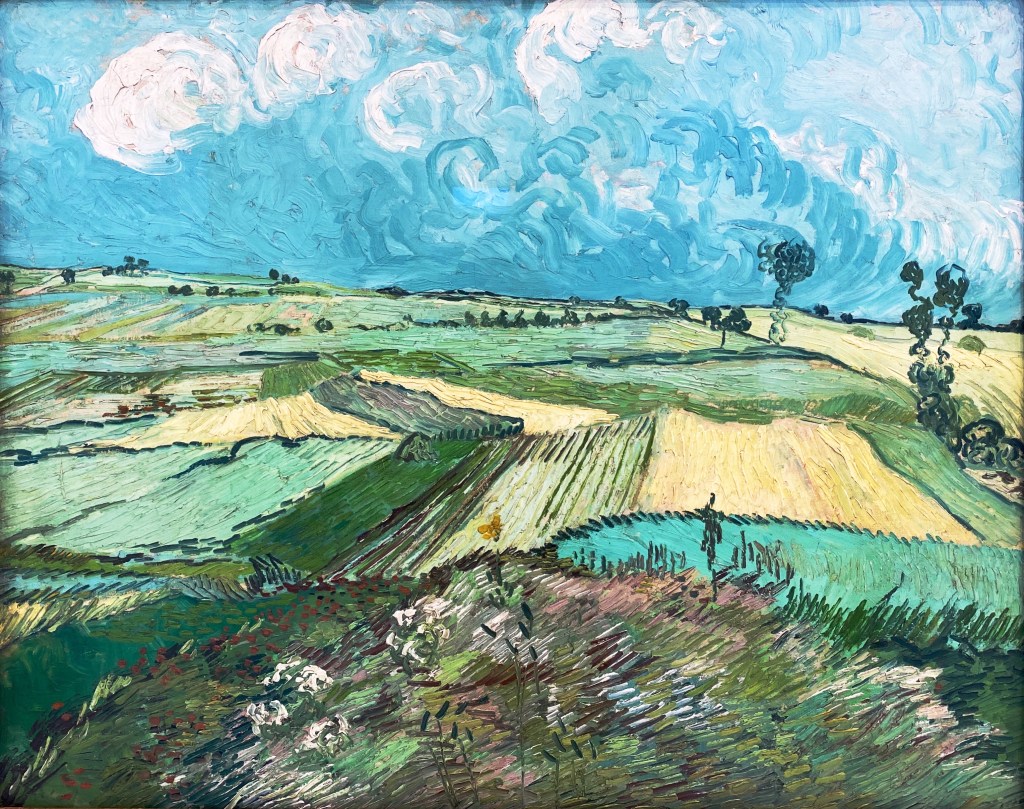
Wheat Fields after the Rain (1890) Oil on canvas. Vincent van Gogh
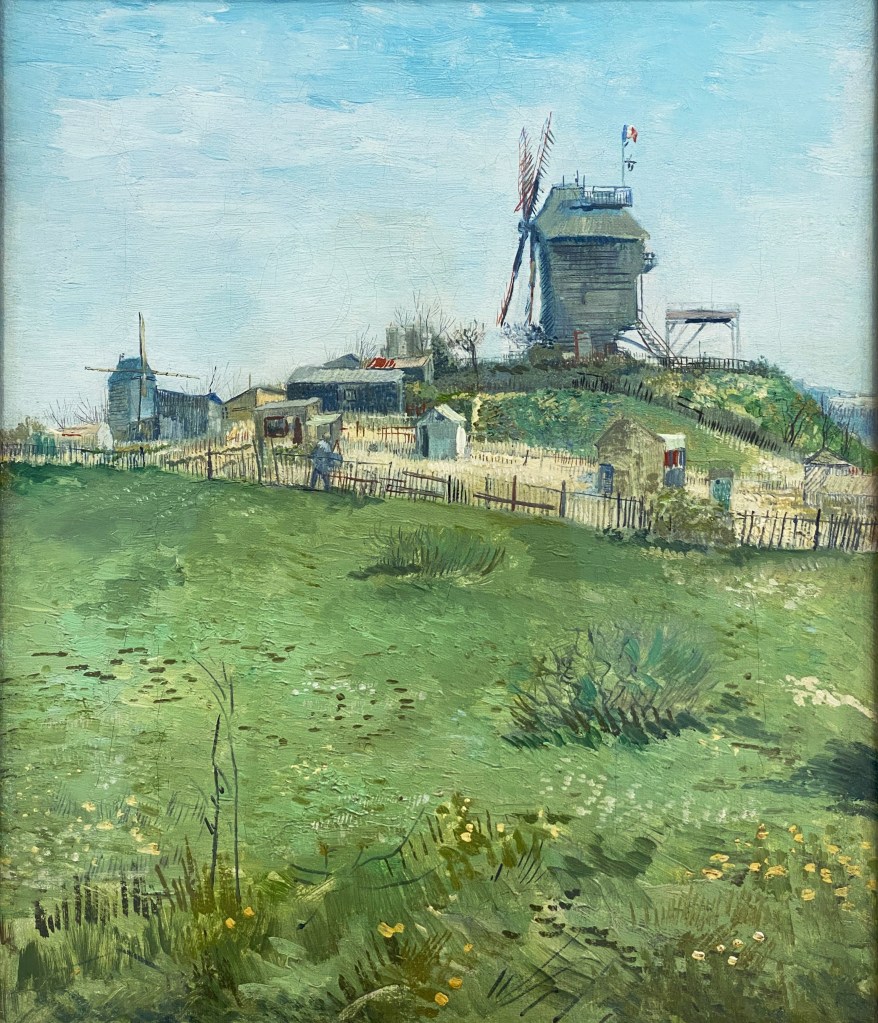
Oil on canvas. Vincent van Gogh
Impressionism
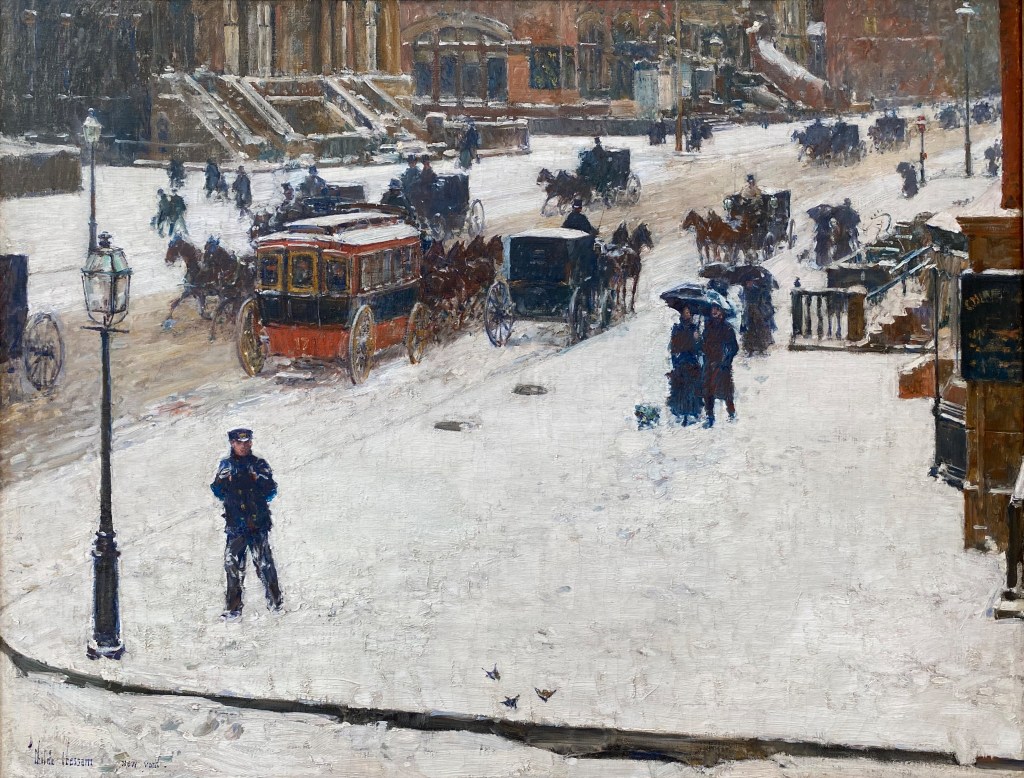
Fith Avenue in Winter (1892) Oil on canvas. Childe Hassam

The Sea at Le Havre (1868) Oil on canvas. Claude Monet

Place des Lices, St. Tropez (1893) Oil on canvas. Paul Signac


Water Lilies (1915-1926) Oil on canvas. Claude Monet
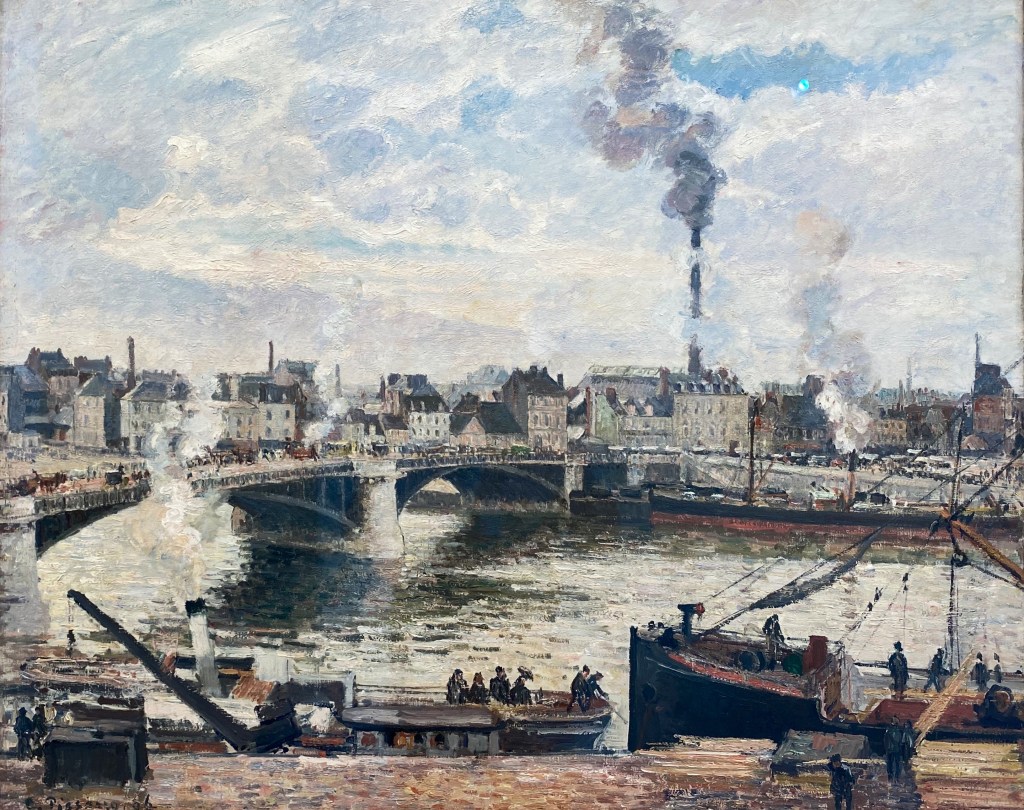
The Great Bridge (1896) Oil on canvas. Camille Pissarro
